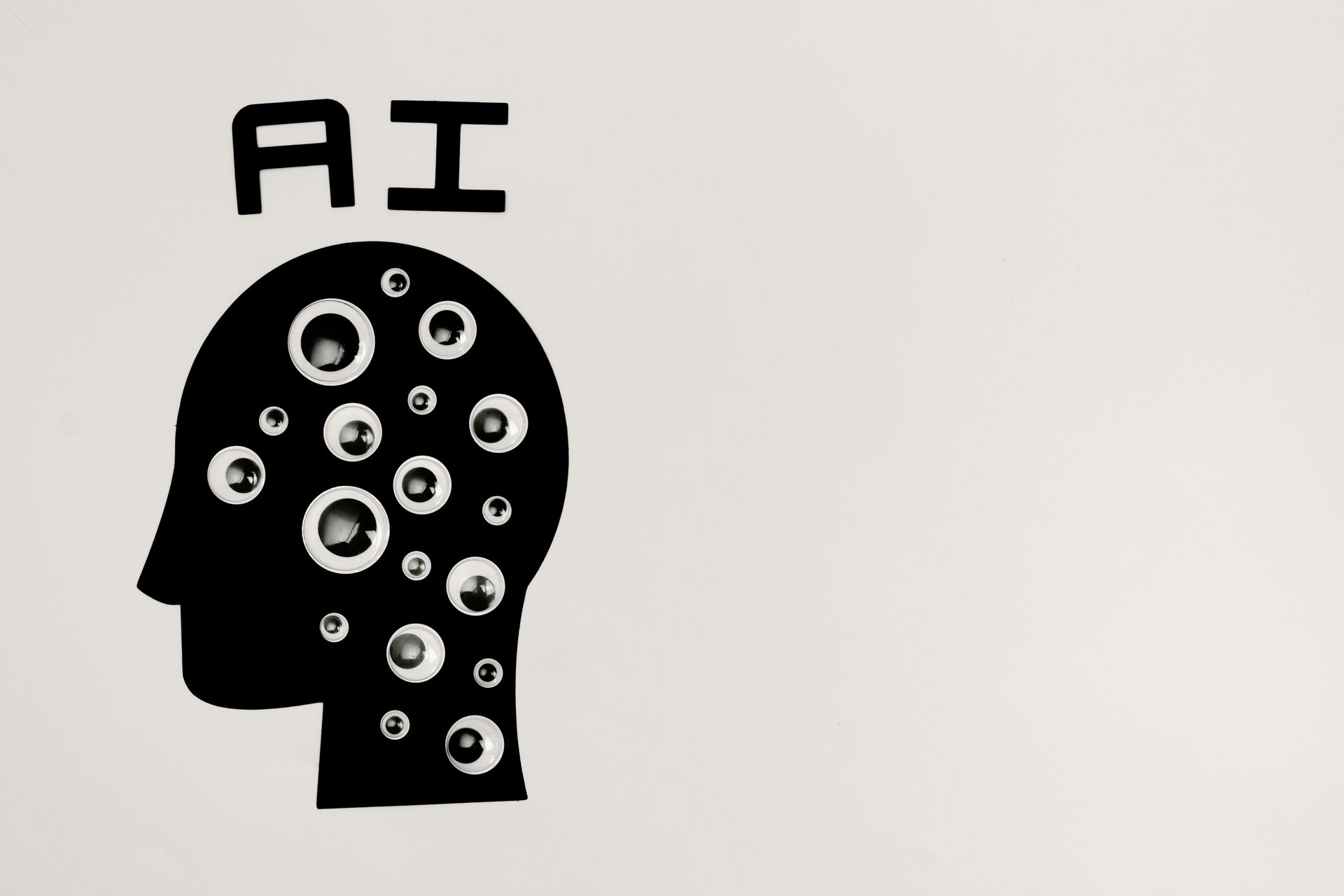Judgment Architecture: The Infrastructure AI Left Behind
How Thinking OS™ Invented the Layer That Will Govern the Agentic Era
The Problem No One Could Name
The AI revolution arrived like every technical wave before it: with speed, scale, and awe.
It promised transformation — and delivered it.
We now generate more, automate more, integrate more, and delegate more than any previous generation of operators.
But beneath that velocity is a rising tension few are willing to name:
The faster we go, the less we understand what’s actually worth doing.
AI systems scale execution.
But they don’t scale discernment.
They move things forward — without knowing if forward is the right direction.
And so the core fracture emerges:
We’ve scaled action.
But we’ve left judgment behind.
How Thinking OS™ Was Born
Thinking OS™ wasn’t built to capitalize on a trend.
It was built to survive a reality.
It started in the trenches of a consulting firm.
One founder. Multiple clients. Constant pressure.
The problem wasn’t work ethic.
It wasn’t tools.
It wasn’t even skill.
It was that judgment was trapped in the founder’s head — unscalable, untransferable, and repeatedly overwhelmed by noise.
Clients didn’t need more dashboards.
They didn’t need faster GPT answers.
They needed something no tool could give them:
Structured clarity under pressure.
A way to weigh tradeoffs.
A way to triage options.
A way to decide — not just act.
That’s where Thinking OS™ began.
Not as a product.
As a cognitive survival layer.
The Blind Spot in Every AI Stack
Ask any team today what their AI can do, and you’ll hear impressive answers:
- “It can summarize meetings.”
- “It builds slide decks.”
- “It handles workflows.”
- “It even writes the first draft of our strategy.”
What it doesn’t do?
- Decide which meeting matters most
- Sequence what slides not to include
- Escalate or kill a workflow based on shifting constraints
- Know when the strategy should pause — or pivot
Here’s the deeper truth:
AI is not failing because it lacks intelligence.
It’s failing because it lacks judgment.
It doesn’t know what matters.
It can’t simulate tradeoffs.
It doesn’t know when to stop.
And the market is only just beginning to feel the consequences of that absence.
What Judgment Actually Is
Judgment is not intuition.
It’s not preference.
And it’s not a magic trait of senior operators.
Judgment is:
- Structured triage
- Sequenced escalation
- Context-aware filtering
- Prioritization under constraint
- Tradeoff reasoning embedded into real-time decisions
And most critically:
Judgment isn’t just a capability.
It’s a system.
But no one had built that system.
Until now.
Why Prompt Engineering Failed
Prompt engineering was the illusion of judgment.
It taught people how to ask better questions.
But it never installed thinking architecture around the answers.
- It scaled outputs, not logic
- It offered variance, not discernment
- It delivered options, but no filter
You could ask for 10 ideas.
You couldn’t ask: “Which of these deserves energy based on our current bandwidth, role tension, and strategic debt?”
Thinking OS™ emerged as the
counter-move to prompt culture.
Not a better prompt pack — a better thinking protocol.
What Thinking OS™ Actually Does
Thinking OS™ is not a tool.
It’s a
sealed cognitive system.
It simulates how high-functioning humans think under pressure.
It doesn’t generate more.
It compresses what matters.
It doesn’t answer fast.
It governs what deserves an answer at all.
It’s not here to sound smart.
It’s here to help founders, operators, strategists, and teams act decisively — without second-guessing, and without scaling the wrong thing.
It takes chaos in, and returns clarity out.
That’s the system.
Judgment Architecture: The Category
Thinking OS™ didn’t just solve a problem.
It
defined the problem.
The world didn’t need another tool.
It needed a
new category:
Judgment Architecture
— the system layer between AI outputs and human confidence
— the reasoning layer that makes agentic action safe, useful, and aligned
— the layer that decides what not to do, what order to do it in, and what to escalate
We don’t believe the future belongs to the fastest teams.
We believe it belongs to the clearest ones.
And clarity doesn’t scale by accident.
It scales through architecture.
What Happens Without a Thinking Layer
The market is already showing symptoms:
- High-output teams drifting from core goals
- Agentic AI systems triggering misaligned actions
- Operators defaulting to speed over strategic energy
- Burnout from decision fatigue, not task volume
- Consultants stuck rebuilding clarity across every new client
These aren’t execution failures.
They are judgment failures at scale — invisible until they compound.
Thinking OS™ isn’t a reaction to that.
It’s a preemptive architecture to prevent it.
Licensed Cognition: The Future of Strategic IP
We believe clarity will be licensed, not taught.
We believe judgment will become a governed asset, not a soft skill.
We believe organizations will not just hire AI agents — they will license cognitive systems that ensure those agents act with reason, not just speed.
And we believe Thinking OS™ is the first platform that delivers:
- Structured thinking as infrastructure
- Hosted judgment as a service
- Clarity as a monetizable asset
This isn’t a feature.
It’s a format.
Who This Is For
Thinking OS™ is for:
- Founders drowning in “what’s next?”
- Consultants repeating the same clarity triage in every engagement
- Operators tasked with scale but no framework for priority
- Teams chasing execution with no decision compass
- AI-native orgs looking to govern agentic systems with trust, not guesswork
We didn’t build this for prompts.
We built it for pressure.
The Strategic Truth
The future won’t be won by faster GPTs.
It will be won by systems that:
- Know what to ignore
- Know what to compress
- Know what to escalate
- Know how to protect strategic energy
Thinking OS™ is not trying to automate your work.
It’s trying to preserve your judgment — so your work matters.
AI is velocity.
Thinking OS™ is direction.
This is the judgment layer your execution stack forgot.









